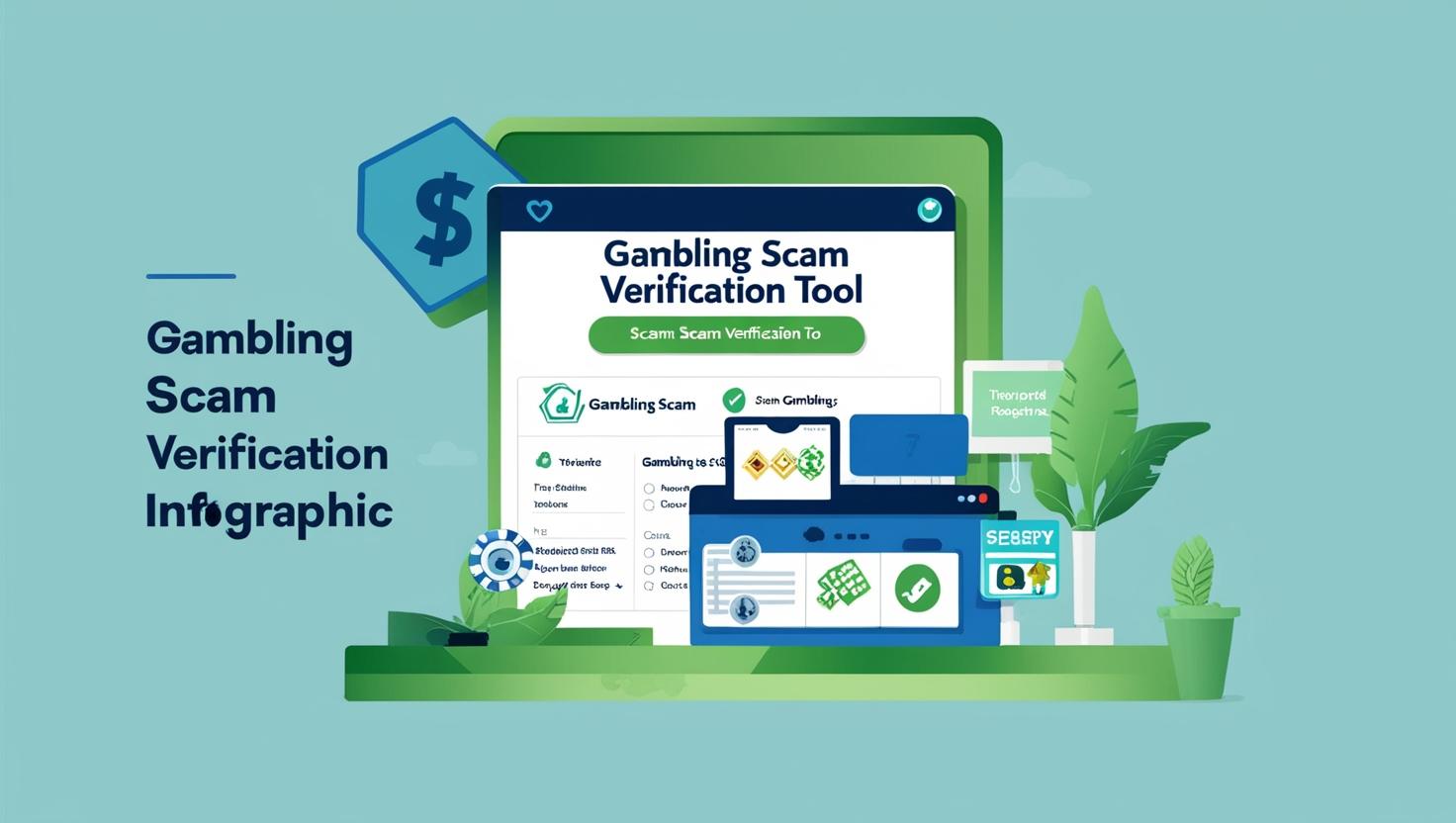In an era where online interactions and digital transactions have become the norm, safeguarding yourself and your community against fraud is vital. This is where scam verification emerges as a powerful IT solution tool. By identifying deceptive websites, phony advertisements, and potential cyber threats, scam verification lays the foundation for a safer and more trustworthy online environment. In this article, we explore how scam verification contributes to building a better society, the key benefits it offers, and the best practices for integrating it into your everyday digital interactions.
1. Understanding Scam Verification
Scam verification is the process of evaluating online platforms, ads, and services to confirm their legitimacy. By leveraging cutting-edge algorithms, data analytics, and community feedback, scam verification tools help users detect, report, and avoid websites that may steal personal information or commit financial fraud.
Why Scam Verification Matters
- Financial Security: Protects individuals from losing money to fraudulent online schemes.
- Data Protection: Shields sensitive details, such as credit card numbers or log-in credentials, from being compromised.
- Peace of Mind: Reduces the stress and anxiety associated with navigating unfamiliar websites or links.
2. The Role of Scam Verification in Building a Better Society
- Empowering Citizens
- Scam verification tools encourage people to be proactive about personal and community safety.
- By reporting deceptive sites, individuals contribute to a shared database that benefits everyone.
- Strengthening Community Bonds
- When people trust the digital platforms they use—be it for shopping, banking, or social networking—they are more likely to engage positively and collaboratively.
- Scam verification fosters this trust, reinforcing social cohesion in an increasingly digital society.
- Reducing Cybercrime
- Fraudulent websites feed into larger cybercriminal networks.
- A robust verification system cuts off their revenue streams and discourages future scams, contributing to an overall safer online ecosystem.
- Boosting Economic Growth
- E-commerce, freelancing, and remote work thrive in environments where transactions are secure and transparent.
- With scam verification tools in place, businesses and customers alike can conduct online transactions with confidence.
3. Key Features of a Reliable Scam Verification IT Tool
Scam verification site like https://xn--p22b09tujj.com/ supports scam verification process. its features below
- Real-Time Updates
- Scam tactics evolve rapidly. A dependable IT solution should update continuously to track and blacklist new fraudulent sites.
- Real-time alerts protect users by immediately flagging suspicious activity.
- Comprehensive Database
- Look for tools that maintain an extensive list of known scam sites and red-flagged IP addresses.
- The more robust the database, the higher the accuracy in detecting fraudulent domains.
- User-Friendly Interface
- Whether you’re tech-savvy or a beginner, an intuitive dashboard makes it easier to navigate, report, and verify potential scams.
- Clear instructions and interactive guides help all users stay safe with minimal effort.
- Cross-Platform Integration
- Scam verification tools that can integrate with browsers, mobile apps, and business software provide a seamless experience.
- Consistent monitoring across devices ensures you remain protected on every platform you use.
- Community Reporting
- The most effective solutions encourage users to share their experiences—positive or negative.
- This feedback loop accelerates the detection process and enhances the tool’s reliability.
4. Best Practices for Incorporating Scam Verification
- Regularly Check Websites and Services
- Before making a purchase or signing up for a new platform, run a quick verification check.
- Perform periodic scans of frequently visited sites to ensure they remain secure.
- Enable Automatic Alerts
- Set up email or push notifications to stay informed if the tool identifies new threats.
- Keeping these alerts active helps you make quick decisions and avoid last-minute pitfalls.
- Educate Yourself and Others
- Share knowledge about scam verification with family, friends, and colleagues.
- A community that’s well-informed is less likely to fall for phishing attempts or fraudulent websites.
- Partner with Reputable Solution Sites
- Many solution sites compile user reports and expert analyses on potential scams.
- Cross-referencing their databases adds an extra layer of protection.
- Adopt Layered Security Measures
- Combine scam verification tools with antivirus software, firewalls, and VPNs for comprehensive protection.
- Multiple layers of security reduce the odds that cybercriminals can exploit a single vulnerable entry point.
5. Future Outlook: Scam Verification and a Safer Digital Society
As digital transactions and interactions proliferate, the importance of scam verification will only grow. We can expect future tools to incorporate artificial intelligence and machine learning for more accurate and prompt threat identification. Additionally, advancements in blockchain technology could pave the way for decentralized verification systems, further democratizing the fight against online fraud.
By staying updated on these trends and consistently using scam verification measures, individuals, businesses, and communities can cultivate a secure and harmonious digital environment where trust is the norm rather than the exception.
Conclusion
Scam verification is not merely an IT solution tool; it is a catalyst for fostering trust, transparency, and community well-being in our modern, digitally connected society. By proactively identifying and avoiding fraudulent platforms, we each play a crucial role in reducing cybercrime, enhancing economic opportunities, and ensuring that everyone can navigate the online world with confidence. Embrace scam verification tools, stay informed, and encourage others to do the same—together, we can build a better society where safety and integrity prevail in every click.

